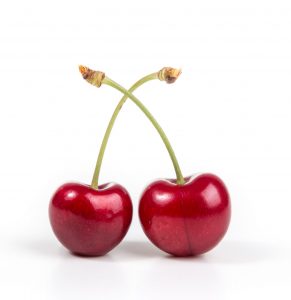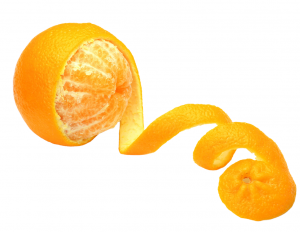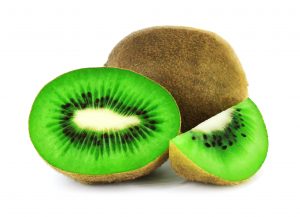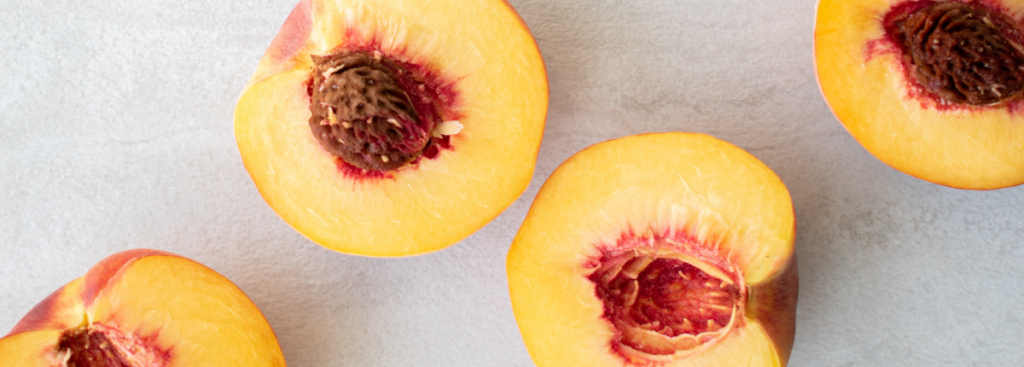
Should Diabetics Eat Fruit?
A healthy diet is essential for optimal health, but especially for individuals diagnosed with type 2 diabetes or prediabetes. Maintaining healthy blood glucose levels reduces the risk of serious complications, such as neuropathy, kidney, heart, and eye diseases, or stroke.
While there are certain dietary restrictions, the belief that diabetics can’t eat sweet-flavored fruit because of the sugar content is a myth. As long as there’s no fruit allergy involved, diabetics can and do enjoy whole fruit as part of a healthy diet, according to the American Diabetes Association (ADA) and Medical News Today.
Glycemic Index vs. Glycemic Load
Not all fruit are created equal. The glycemic index (GI) is a numeric score ranking foods on a scale of 0 to 100. The lower the GI, the slower blood sugar rises after eating a food. Foods higher in fat and fiber generally have lower GI levels. Highly processed foods typically rank higher on the index. Pure glucose (sugar) has a GI value of 100. Diabetics can use the GI to gauge how foods will affect them and to avoid unhealthy glucose spikes. A “low GI” is rated 55 or lower. A “medium GI” food is rated 56-69, and a “high GI” food is 70 or higher according to Verywell Health.
The glycemic load measures both how fast blood sugar will rise as well as how much glucose is delivered per serving. This combination provides a better idea of how a particular food may affect the bloodstream. Watermelon, for instance has a GI of about 72, but a glycemic load of only 2 per 100 mg serving, making it safe to eat in moderation, according to the Defeat Diabetes Foundation.
When it comes to fruit, whole, fresh fruit is the best option. Canned or jarred fruits—including fruit juice—often include added sugar, which spikes glucose levels. Dried fruit is also problematic, as the drying process results in concentrated amounts of sugar and significantly higher GI. But many fresh, whole fruits rank on the lower end of the GI, making them a healthy snack or breakfast option for anyone, including diabetics.
So, before reaching for a “low calorie” candy bar filled with additives, dyes, and other chemicals, feed your sweet tooth with natural goodness that won’t sky-rocket insulin levels. If fresh fruit options aren’t available, look for them in the frozen fruit aisle. Just be sure no added sugars or syrups are listed in the ingredient list.
Lower GI Fruit
Here are some of the more diabetic-friendly fruits and added perks for your body:
- According to the ADA, berries are a top healthy choice for diabetics. Strawberries, blueberries, raspberries, and blackberries are packed with fiber and
 disease-fighting antioxidants.
disease-fighting antioxidants. - Fresh cherries are an exceptional option for reducing inflammation, according to a review published in Nutrients, a journal of human nutrition. Cherries offer fiber as well as Vitamins C, K, and A. You’ll also benefit from such essential minerals as magnesium, calcium, copper, and potassium.
- A medium peach offers vitamin C and potassium. A report by the Cleveland Clinic revels anti-aging properties of peaches also reduce risk of illness and cancer. Peaches also provide beta carotene, which supports eye health. The extracts from peach pits are even shown to reduce damage from the sun’s UV rays, protecting the skin.
- One apricot has only 17 calories and 4 g of carbohydrates. They are rich in vitamins A, E and fiber, and support digestive health. Like its cousin the peach, apricot nutrients support eye health and reduce risk of cataracts and macular degeneration, according to WebMD.
- It’s worth leaving the skin on Vitamin C-rich apples. Skins add fiber and heart-friendly antioxidants. The Harvard School of Public Health reports that apples are rich in an anti-inflammatory flavonoid called quercetin. Apples also offer pectin, a soluble fiber that can prevent constipation, bowel disorders, and lower LDL (the “bad” cholesterol). Apples in their whole, natural form offer the greatest benefits, as nutrients are lost through juicing, drying, and peeling.

- Juicy oranges are worth their weight in vitamin C. They also provide folate, vitamin B, and potassium, which can help to normalize blood pressure, according to Organic Facts. Citrate, a citric acid compound found in oranges may reduce your chance of developing kidney stones. A whole orange provides more health benefits than a glass of orange juice, largely because of the fiber. Other citrus, such as grapefruit, are also good options.
- Eating Well writer Ally Sorrells explains that pears are full of fiber (even more than kale) and potassium. Like many other fruits on this list, pears deliver vitamin C, which wards off free radicals that, if left unchecked, can lead to chronic diseases such as heart disease, cancer, and neurodegenerative
 diseases.
diseases. - Did you know the skin and seeds of a Kiwi are edible? This powerhouse delivers vitamins C and E, potassium, folate, and fiber, all in one little neon green package. Kiwi can prevent blood clotting and support immune function.
As with most foods, you can still have too much of a good thing. Portion size matters.
Pay close attention to your insulin levels and your healthcare provider(s). Avoid foods that may counteract with medications or other guidance provided by your doctor or licensed health care practitioner.
About the author
Tara Mogan Blom is a certified holistic coach, communications consultant, author, and freelance writer. Connect with Tara on LinkedIn.





